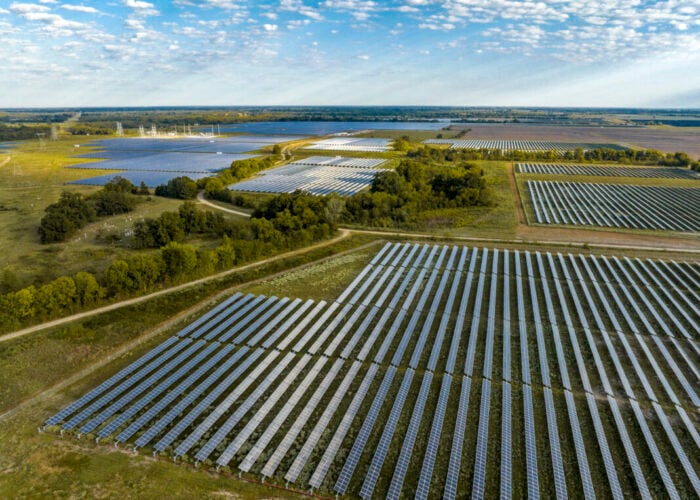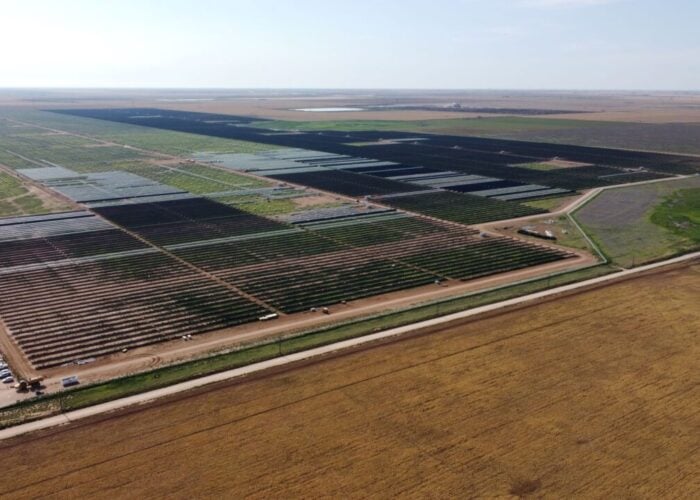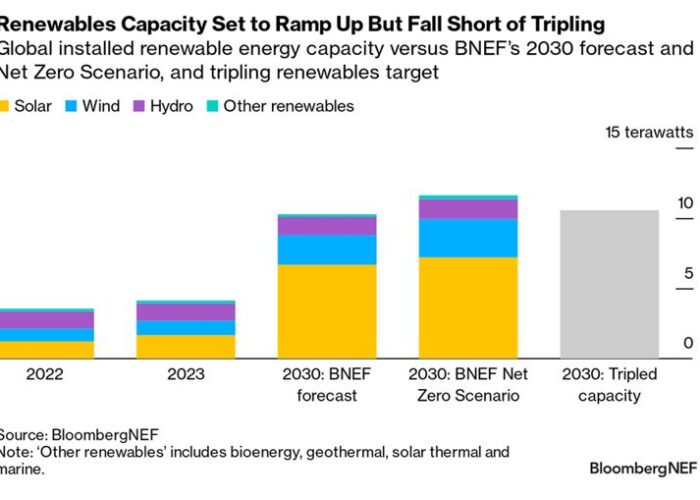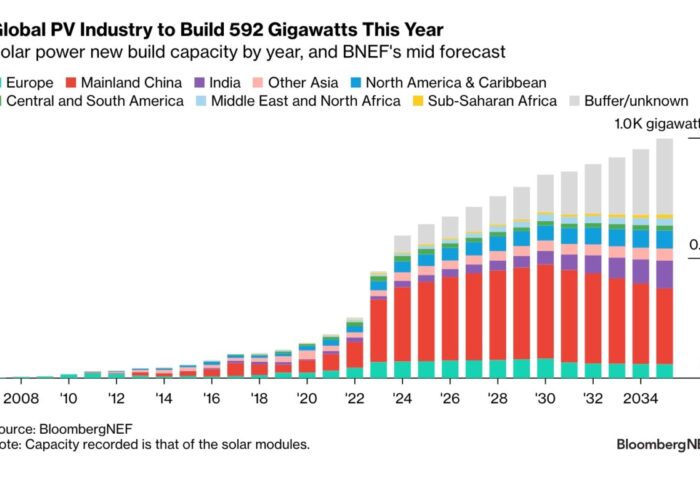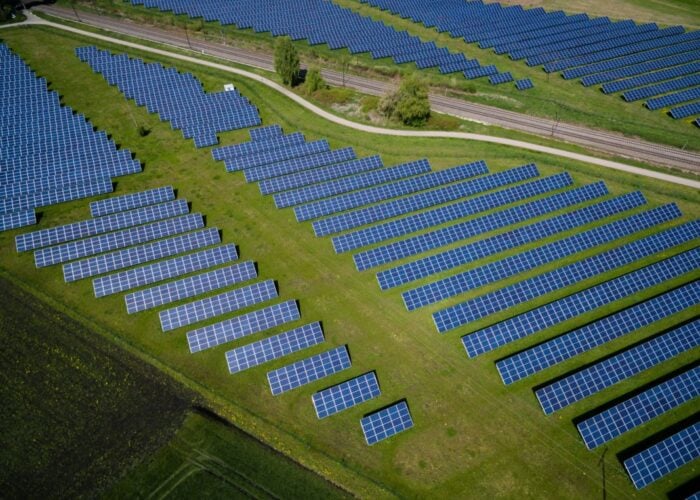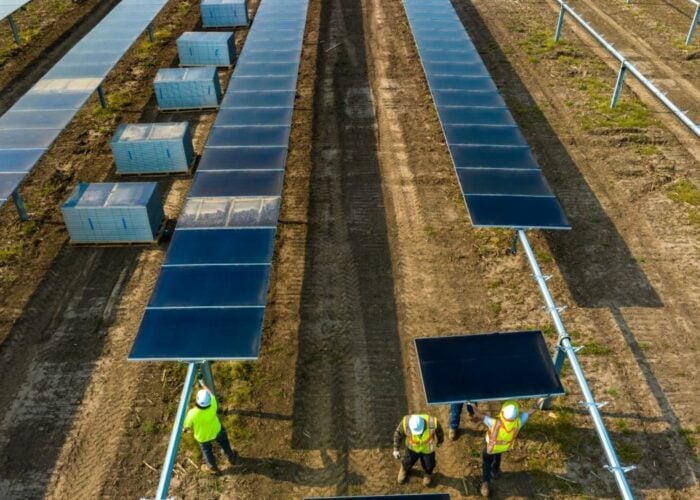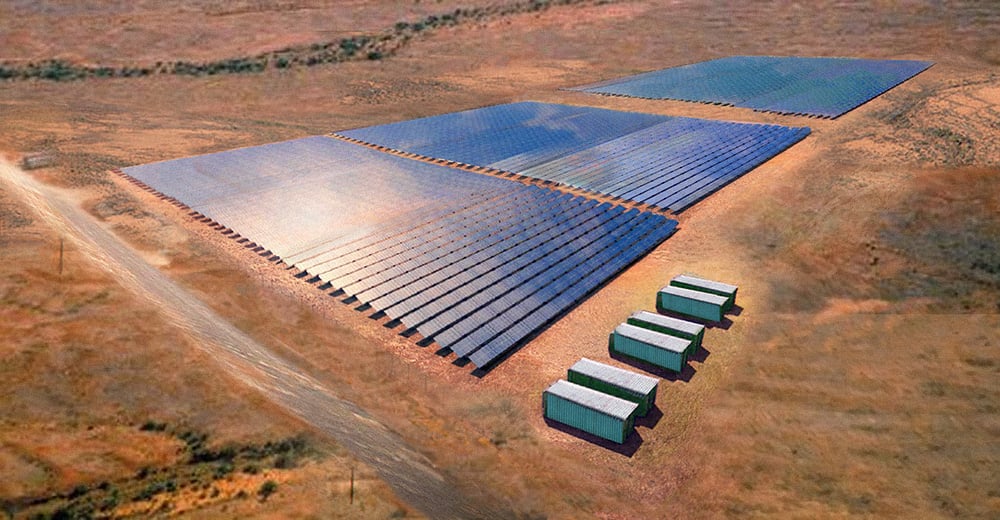
Wind and solar could provide half of the world’s energy generation by 2050 on the back of continually declining technology costs, particularly in battery energy storage, according to a new report from Bloomberg New Energy Finance (BNEF).
The 150-page New Energy Outlook (NEO) 2018 report predicts that the future of the global electricity system will be dominated by tumbling lithium-ion battery prices. These have already fallen 80% per MWh since 2010 and will continue to decline as electric vehicle manufacturing builds up through the 2020s.
Try Premium for just $1
- Full premium access for the first month at only $1
- Converts to an annual rate after 30 days unless cancelled
- Cancel anytime during the trial period
Premium Benefits
- Expert industry analysis and interviews
- Digital access to PV Tech Power journal
- Exclusive event discounts
Or get the full Premium subscription right away
Or continue reading this article for free
This will allow intermittent renewable generation from wind and solar to grow in prominence as output from these sources becomes more dispatchable as Seb Henbest, head of Europe, Middle East and Africa for BNEF and lead author of NEO 2018, explained.
“The arrival of cheap battery storage will mean that it becomes increasingly possible to finesse the delivery of electricity from wind and solar, so that these technologies can help meet demand even when the wind isn’t blowing and the sun isn’t shining,” he said.
“The result will be renewables eating up more and more of the existing market for coal, gas and nuclear.”
The report, which utilised more than 65 analysts globally, predicts that US$11.5 trillion (~£8.7 trillion) will be invested globally in new power generation capacity between 2018 and 2050, with $8.4 trillion (~£6.3 trillion) of that going to wind and solar.
This will lead to a 17-fold increase in solar PV capacity worldwide, alongside a six-fold rise in wind power capacity. The levelised cost of electricity (LCOE) will fall by 71% for solar PV and 58% for onshore wind, with both having already seen drops of 77% and 41% respectively between 2009 and 2018.
With the addition of cheaper battery storage in this capacity expansion, coal will inevitably be pushed off the system.
Elena Giannakopoulou, head of energy economics at BNEF, said: “Coal emerges as the biggest loser in the long run. Beaten on cost by wind and PV for bulk electricity generation, and batteries and gas for flexibility, the future electricity system will reorganise around cheap renewables – coal gets squeezed out.”
In addition, gas is expected to become increasingly used to provide back-up for renewables, as the market switches to a new form of baseload generation from wind, solar and batteries.
BNEF’s findings follow a similar, UK-focused study by Vivid Economics that found that wind and solar could provide more than 60% of total electricity by 2030 with support from battery storage, demand response technologies and peaking generators when needed.

